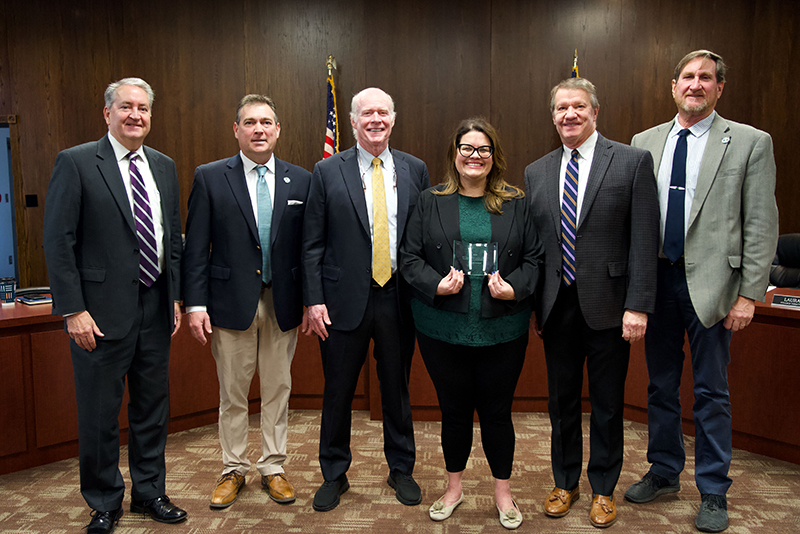By Public News Service’s Nadia Ramlagan
As Kentucky continues to receive opioid settlement funds, counties are being forced to make difficult choices about how to use them.
The state’s Opioid Abatement Advisory Commission receives half of it and distributes the money via a competitive grant-making process.
Smaller counties with fewer resources have a harder time getting community input on how to use the monies, according to Margaret McGladrey, assistant professor of public health at the University of Kentucky.
When we expect each of these local governments to involve communities in decision-making and then allocate the funds in line with that decision-making, I believe there is undoubtedly a capacity issue, McGladrey said.
Through the multiple settlements involving pharmaceutical corporations like Purdue Pharma and the Janssen Pharmaceutical corporations of Johnson & Johnson, as well as companies that distribute opioids like CVS, Walgreens, and Walmart, the Commonwealth is expected to collect approximately $900 million statewide.
The state’s Opioid Abatement Advisory Commission mandates that local governments submit a quarterly form attesting that monies were utilized for their intended purposes, but it does not request particular information regarding expenditures, according to the Appalachian Opioid Remediation Tracker.
According to Kate Boulton, senior legal technical adviser for the public health group Vital Strategies, it’s critical to differentiate between state spending that is not supported by facts and spending that is in violation of state laws or the terms of national settlements.
According to Boulton, I would mark items like shooting ranges, bulletproof vests, drug-sniffing dogs, and police cars in the first group. All of those are actual cases from different regions of the nation.
According to McGladrey, counties should think about allocating funds for comprehensive medication-assisted treatment in order to preserve families and lessen the detrimental effects of involvement in the criminal justice and child welfare systems.
McGladrey emphasized that helping our county correctional facilities implement medication treatment for opioid use disorder is where we can make the biggest impact with these opioid abatement funding.
More than 30% of Kentucky children reported having lived with someone who struggled with drugs or alcohol in 2020, according to the Kentucky Youth Advocates Opioid Dashboard.




